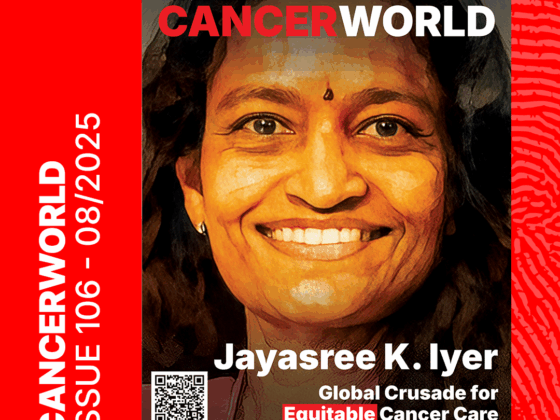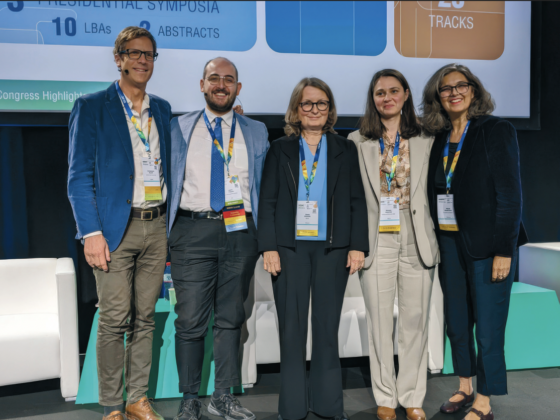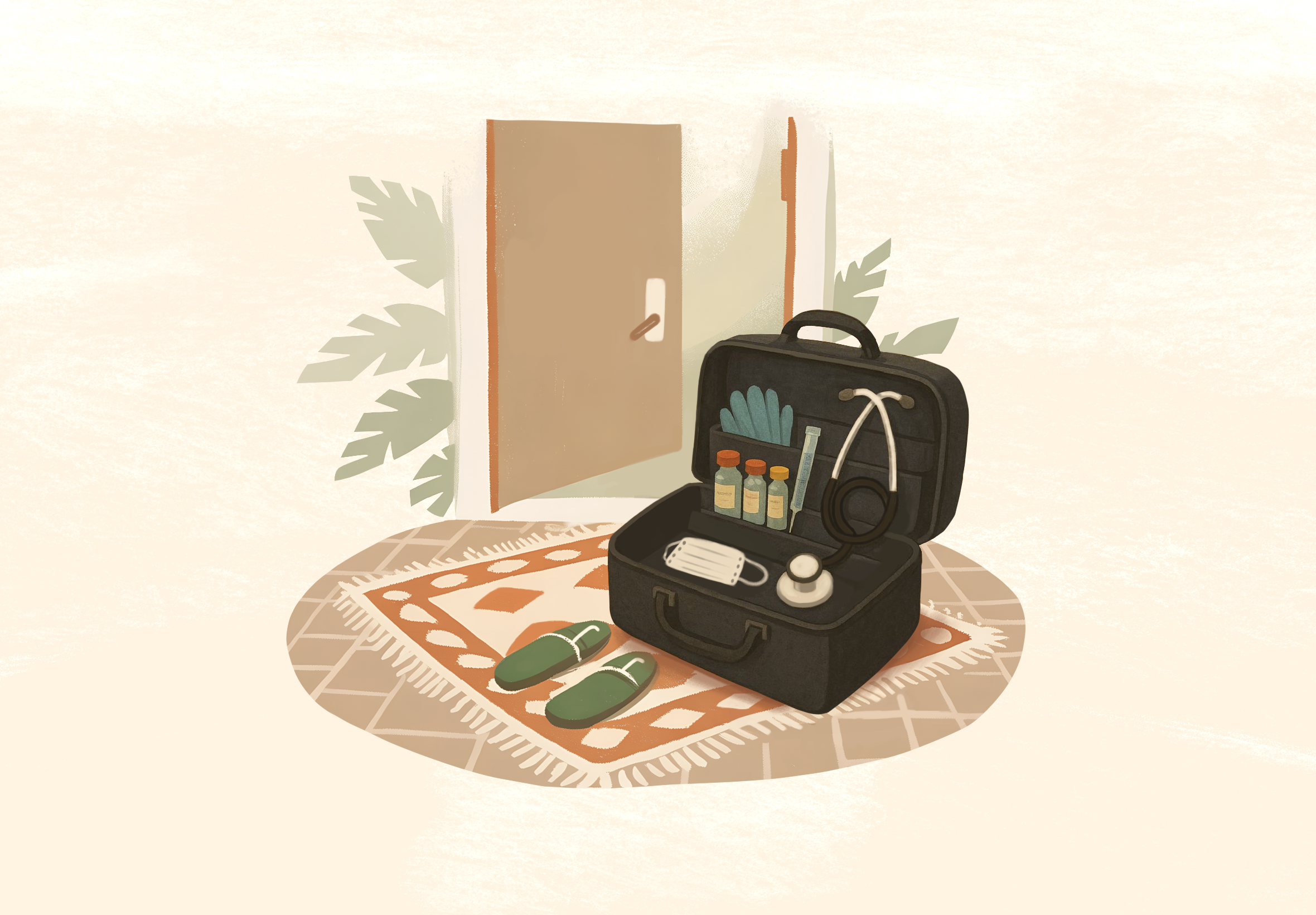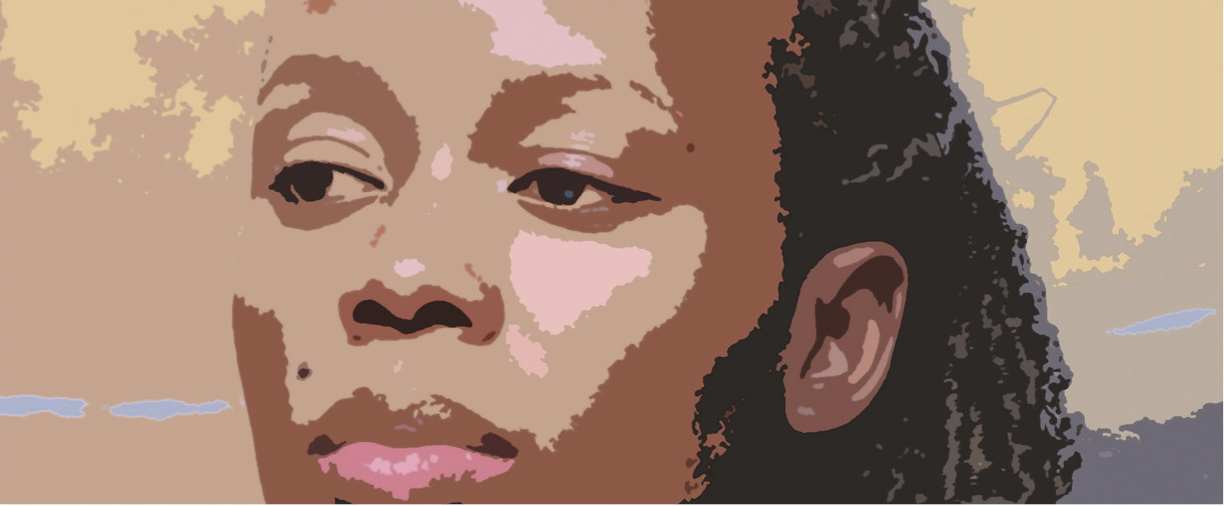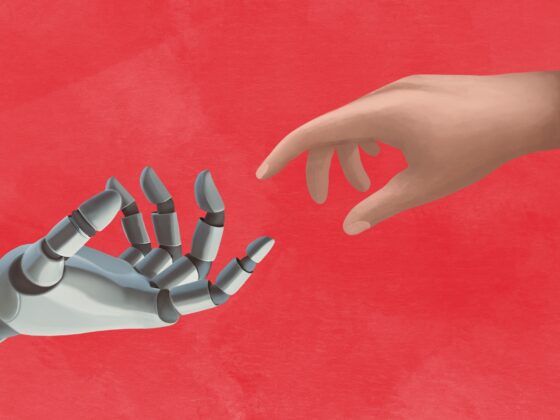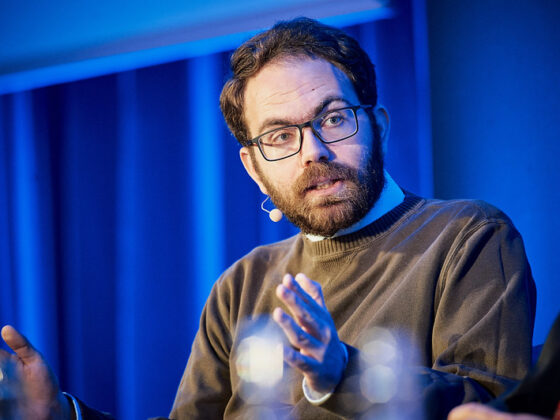If you’re in Eastern Europe and are unfortunate enough to develop a cancerous tumor, there’s a decent chance that, alongside the diagnosis, you’ll receive an avalanche of advice from friends and family. Brew herbal teas; rub your skin with alcohol; cut out sugar as it “feeds” the illness, they’ll say. These suggestions, though rarely endorsed by oncologists, reflect something deeper: a widespread reliance on complementary and alternative medicine (CAM).
Across Europe, roughly one in three cancer patients turns to such remedies, and in some countries, that number climbs as high as one in two. In Eastern Europe, where healthcare access is uneven, research is sparse, and traditional practices run deep, the real figure may be even higher, though it’s difficult to know for certain, as many patients never tell their doctors.
“From personal experience in Bulgaria, I’ve seen how fear and uncertainty drive patients to seek additional hope beyond conventional medicine,” said Professor Atanas G. Atanasov, a medical researcher familiar with these regional dynamics. “Folk remedies often feel more familiar, safer, or ‘natural.’ There’s also a strong cultural tradition behind them.”
A Story of Distrust
Data specifically focusing on Eastern European countries is sparse, and even when it does exist, it’s hard to draw clear conclusions. Two recent studies from Poland found an incidence of 24.1% and 46.7%, respectively, a striking disparity. Oftentimes, countries publish very little data on CAM, in part because of the lack of open communication between patients and their physicians regarding CAM use.
It’s tempting to attribute this prevalence to the rich and enduring heritage of folk medicine prevalent across Eastern Europe. While this certainly plays a role, it’s far from the only factor in play. Instead, the main reason is much more prosaic: a lack of trust.
Eastern European countries often exhibit lower levels of trust in their national governments compared to other European countries, and in society in general.
“When people feel let down by official systems, they turn to what they know — folk traditions, family advice, or online claims. This makes the region more vulnerable to health misinformation and miracle cure scams,” says Atanasov.
The scars of communist regimes may also still play a role. In Romania, for instance, the communist regime suppressed certain traditional healing practices while simultaneously promoting a state-controlled herbal medicine industry. Soviet-type health systems instilled a culture of fear and corruption, harboring long-term distrust.
At the same time, the current situation is also challenging. Access to innovative cancer treatments in Eastern Europe is markedly slower and less comprehensive. To take another look at Romania, the average time lag between EU market authorization and patient access was estimated to be 899 days, compared to wealthier nations like Germany, where it is 133 days. These delays are strongly correlated with national economic indicators, such as GDP per capita and overall healthcare expenditure per capita. Even access to existing, established treatments can take longer in Eastern Europe, making people more inclined to turn to folk remedies.
“In rural areas, access to good healthcare can be limited, so people rely more on traditional remedies. When distrust is high, patients might avoid doctors entirely or buy unregulated products online — which can be unsafe or totally ineffective,” Atanasov mentions.
Who Uses CAM, and Why
At first glance, it’s easy to imagine the stereotypical CAM user as an affluent, yoga-practicing urbanite. However, in Eastern Europe, the reality is far more nuanced and often contradictory. Some users are indeed younger, better-educated, and seeking complementary care. People in this demographic are likely engaged and proactive in seeking health information and exploring various therapeutic options, and are more likely to incorporate CAM alongside established treatments.
Meanwhile, in rural areas, it’s exactly the poor and the marginalized who seem to favor folk remedies. Atanasov says he has seen people, even people close to him, who use herbs or special diets alongside chemotherapy, or even skip medical treatment altogether, which, of course, can be dangerous.
That mistrust is once again the core issue. Many Eastern European countries report higher cancer death rates than their Western neighbors. People often face long waits for diagnosis and treatment, particularly in rural areas where medical staff are scarce. Some can’t afford care. Others fear corruption — in one survey, a striking percentage of patients believed under-the-table payments were necessary to get proper treatment.
Yet again, it’s tempting to classify this as strictly a money problem, but Atanasov says this is not the case.
“Even if the medical care is affordable, some patients still prefer alternative therapies they believe in — and may even pay more for them. Cost and travel can be part of the problem, but often it’s the feeling that the system doesn’t listen or care that pushes people away,” he adds.
In addition, because people feel let down by the system, they often aren’t straightforward or honest with their doctors, making the problem and hiding its true prevalence.
How to Escape this Vicious Cycle
Cancer treatment is rarely (if ever) easy. For people who receive this diagnosis, getting a sense of control and trust can be essential and it’s easy to turn to CAM. Many folk remedies are harmless and may even help a bit as a placebo, or at the very least, give people a sense of comfort or a mood boost. Some modern cancer drugs (like paclitaxel or vincristine) even come from plants used in traditional medicine.
This doesn’t mean that folk remedies actually help against cancer. Most of them don’t do anything, and some may even interfere with treatment.
Better education — for both patients and providers — is essential, Atanasov emphasizes. So is clearer regulation of herbal products and online health claims, to stem the tide of misinformation. And while some folk remedies may hold real pharmacological promise, others can do real harm.
But being dismissive or aggressive with patients who lean on CAM won’t do any good. We can’t just tell people to stop doing it. We have to first understand why they are doing it and build a system that earns trust. That means not only making treatments available and affordable, but ensuring patients are heard, respected, and cared for with empathy.
Until then, many patients will keep making their own choices. Quietly, desperately, and sometimes, dangerously.
Featured photo credits: Kien Khong Ngu / Unsplash (CC BY 3.0).




